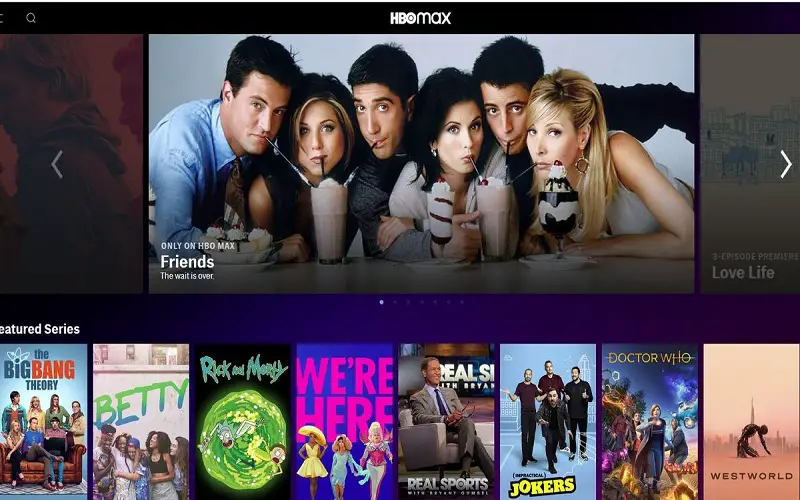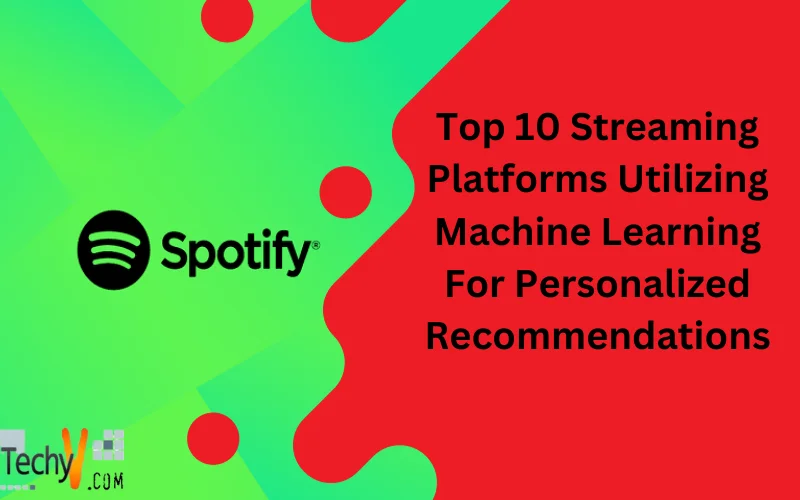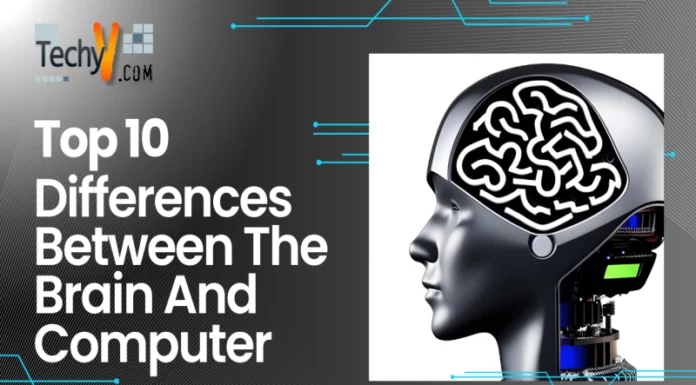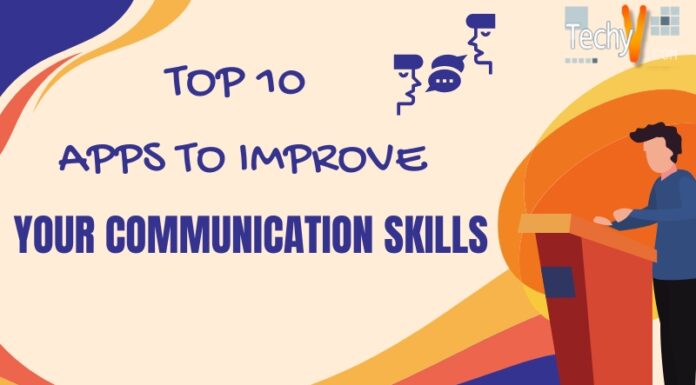Many famous streaming platforms offer personalized recommendations to their users. They use Machine learning AI to achieve this. The algorithm creates user profiles after learning their preferences, analyzing their hobbies and watch habits, and recommends content accurately. ML uses clustering models and matrix factorization models to achieve this. The machine learning algorithm aims to discover user preference patterns used to make recommendations. Using Ml in streaming platforms optimizes customer service and attracts more users.
1. Netflix
Netflix uses ML algorithms to give optimum service to its users. Machine Learning algorithms help predict the related TV shows that you would like. They are behind Netflix’s recommendation system. The AI then makes recommendations based on the user’s preferences and other data based on their watch patterns. The ML-based algorithms analyze the amount of time users spend on the app, their history logs, and preferences to generate custom recommendations. Nerxflix uses these algorithms to suggest movies and TV shows that can keep users engaged and increase their satisfaction.
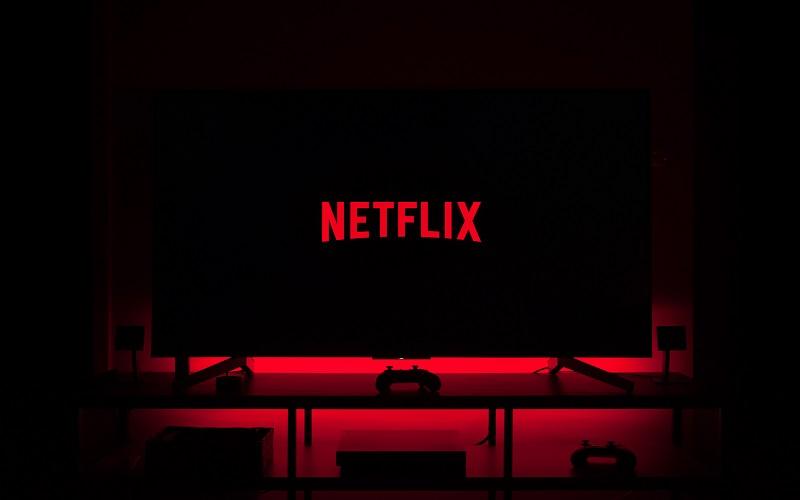
2. Amazon Prime
Amazon Prime teams train computer vision models that monitor the shows and check for issues like black frames, unexpected audio noise, and other disturbances that break the users’ experiences. Amazon’s personal recommendations algorithms use the same machine learning techniques to provide users with personal recommendations that suit their preferences. The company was one of the first to use AI and ML to optimize its customer service experience. Amazon Prime Video is available in more than 200 countries. It boasts over 200 million subscribers.
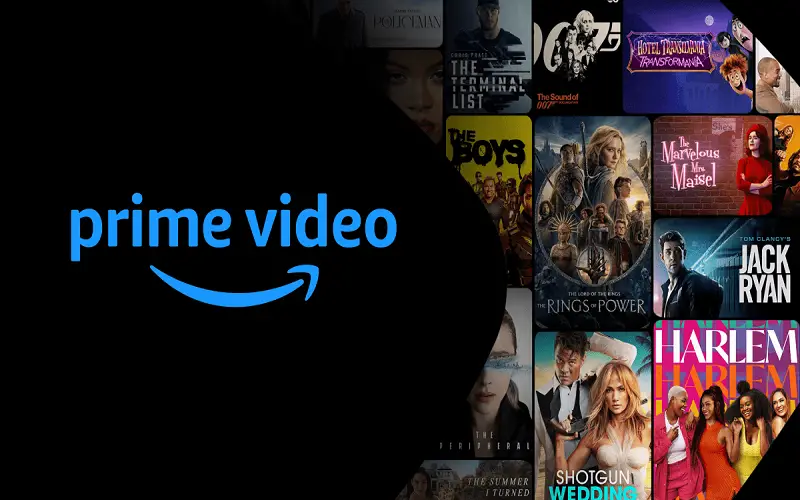
3. Disney +
Disney takes another approach to their algorithms. They gauge user’s history to see if they are new to the service, have a long history, or prefer content with a lot of depth. It then forms cluster models by dividing and analyzing the large chunks of data to determine user preferences in depth. An example to understand this is Hotstar in India. The algorithms learn users’ preferences through geographical locations to promote content based on them. Hotstar integrates live sports and long TV shows and movies. It offers content in nine languages to suit its users.
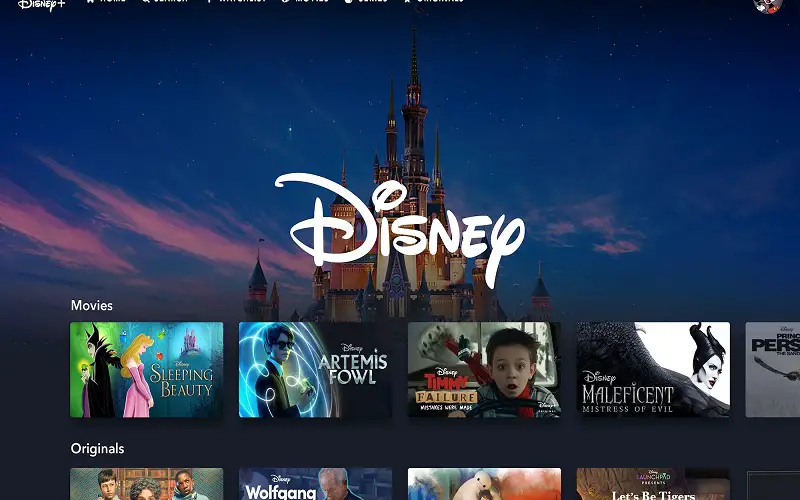
4. Hulu
Hulu’s AI algorithms analyze content preferred by individual users and the content hosted on the platform to determine what goes well with the users. Hulu analyzes 100 terabytes of user-level app interaction data. That’s just short of sitting beside you on the couch in order to understand your preferences. Hulu is known for hosting popular TV shows like The Handmaiden’s Tale, Only Murderers In The Building, and many other popular content. Hulu has 43.9 million paid subscribers and is currently owned by Disney+.
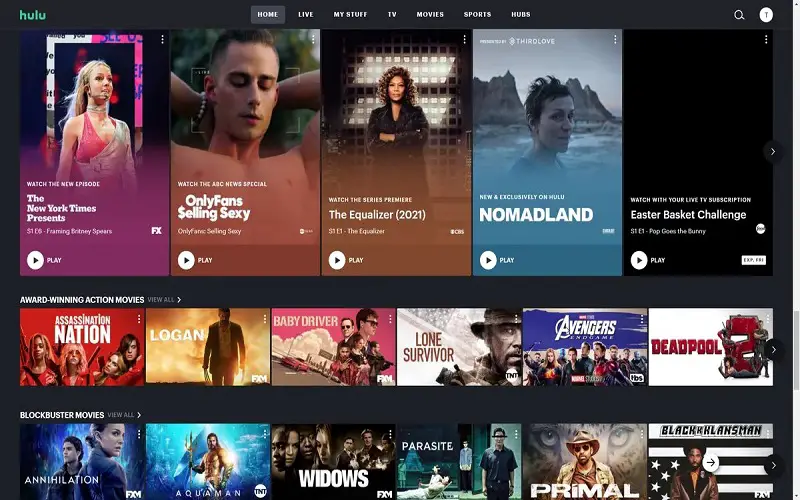
5. Twitch
Twitch uses machine learning models to recommend content to its users and to assist its creators with voiceovers. Its machine learning technology processes and replicates voices, which can be added to voiceovers to use as trending audio in reels. The program utilizes deep-learning techniques and AI to analyze complex speech patterns. Twitch also emphasizes that it involves machine learning to identify people who evade bans. As the platform aims to create safe spaces, it also uses machine learning to reveal user behavior and more information to the hosting streamers.
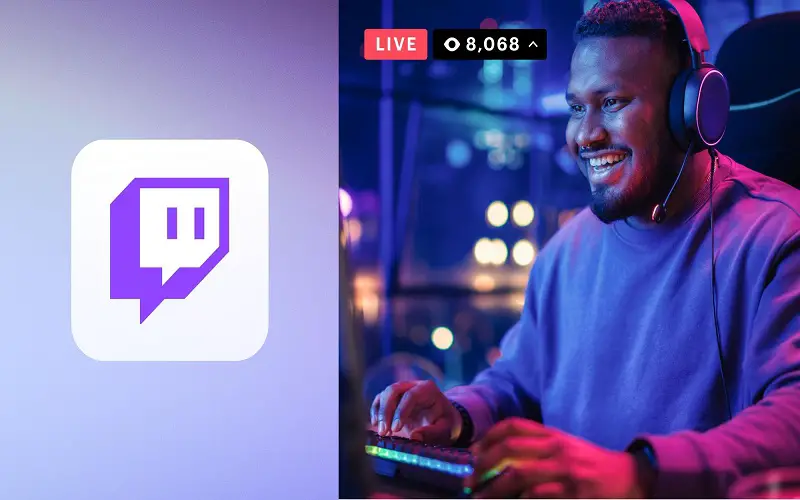
6. Spotify
Spotify uses machine learning to help users find new songs through recommendations and search bars, generate numerous custom playlists, and many other unique features. Spotify has over 574 million monthly listeners, the highest among all streaming platforms. And it aptly uses data science to ensure that it gives the best streaming experience to its users. It also uses machine learning to recommend personalized ads. One of the leading figures in developing machine learning, it also uses AI and other data sciences to enhance business metrics and optimize algorithms.

7. YouTube
Like many other algorithms, YouTube uses machine learning to analyze users’ behaviors. In their creator videos, YouTube says: “YouTube’s recommendation system actually finds videos for viewers, rather than viewers for videos.” it has a highly intuitive and evolving algorithm. The video streaming platform was the first to add AI and machine learning to its algorithm in 2016. The algorithm uses signals like relevance, quality, and user behavior to rank content based on the likelihood of being watched by users that appear to the users as recommendations.

8. TikTok
TikTok features a personalized ‘for you’ page that you see as soon as you open the app. The page recommends videos that users are likely to engage more with. The app uses multiple machine-learning techniques to deliver relevant content to its users. It learns from users’ behaviors and reactions to previous reels, their watch time, and more to predict future content for them. TikTok aims to deliver a seamless experience to its consumers, so it uses algorithms like the gravedigger that mines through older content to recognize high-quality content and user accounts to suggest them to its users.
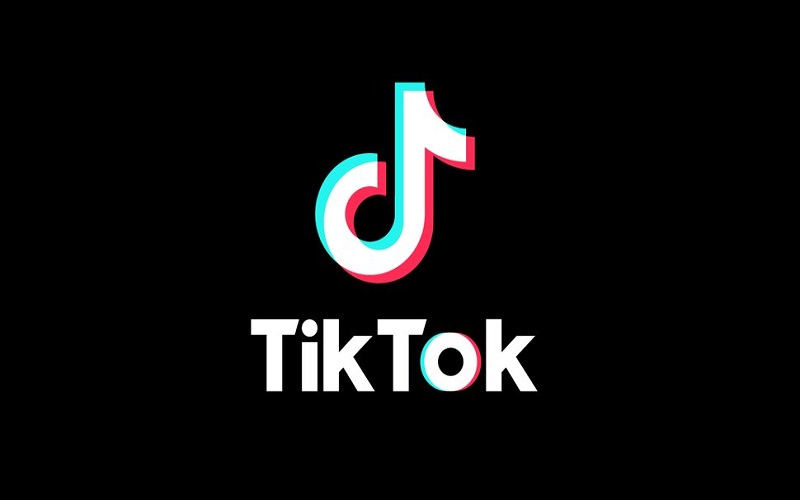
9. Apple TV
Siri runs on machine learning. It uses complex algorithms that adapt to new trends and user patterns to continue predicting recommended content for them. Then, TV shows and movies that the users are more likely to engage in will appear on Apple TV. Apple first used ML in its phones’ keyboard interface to analyze user behavior data and predict the next word through them. AppleTV+, available on all streaming platforms, has around 25 million paid subscribers. It also hosts a number of famous shows like Ted Lasso, The Morning Show, Lessons in Chemistry, and more, in addition to exclusive movies.
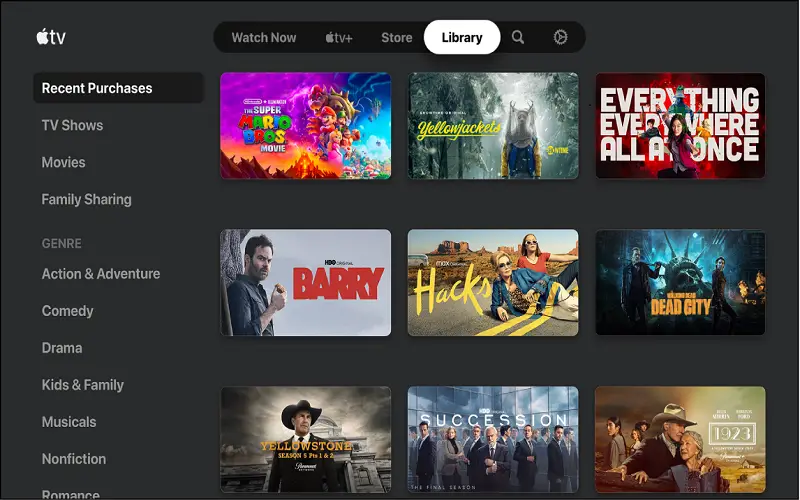
10. HBO Max
HBO Max uses a hybrid model that mixes both algorithms and human content. On HBO Max, employees and celebrity’s handpicked lists will be recommended to its users. Their goal is to give personalized recommendations to consumers but with more focus on highlighting human-created lists. It does so that recommendations do not become too similar and isolated. Of course, it still uses machine learning and AI algorithms to learn user preferences and give apt recommendations.
